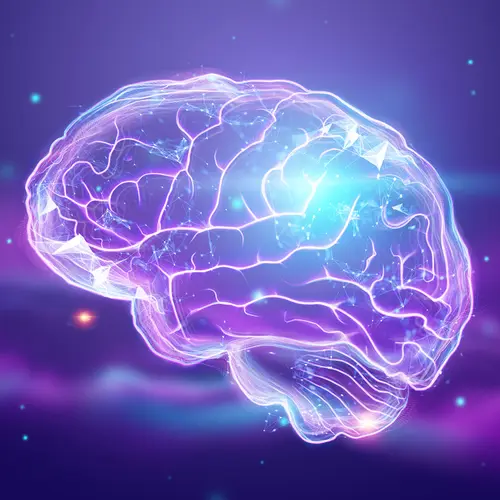Figuring out if your child has Dravet syndrome -- a rare form of epilepsy -- can take time. Your child may get the wrong diagnosis at first because their symptoms may look like other childhood disorders.
It's important to get the diagnosis right. Giving a child with Dravet syndrome medicines to treat other problems, such as febrile seizures, could make their symptoms worse.
See your pediatrician or a pediatric neurologist if your child has had two or more seizures that lasted for several minutes each before age 1, especially if heat triggered the seizures.
Doctors use a combination of a baby's symptoms and test results to diagnose Dravet syndrome.
Symptoms
Your doctor will ask about your child's symptoms. The symptoms of Dravet syndrome usually start before a child's first birthday.
Seizures are the main symptom in babies. Some are called "tonic-clonic" seizures. During this type of seizure, you'll see your child's muscles stiffen, and they may pass out.
The other type is "hemiclonic" seizures, where the baby's arm and leg jerk quickly on one side of their body.
Heat often triggers the seizures. Your baby may have a seizure from a warm bath, exercise, being outside in hot weather, or an illness. Each seizure can last for more than 5 minutes.
As your child grows, their seizures might not come as often or last as long. Seizures can also appear without heat triggering them.
Other symptoms that help doctors diagnose Dravet syndrome are:
- Slow learning
- Trouble with balance and an unsteady walk
- Low muscle tone
- Delayed language and speech
- Slow growth and nutrition problems
- Trouble sleeping
- Repeated infections
- Trouble controlling body temperature, heart rate, and blood pressure
Magnetic Resonance Imaging (MRI)
An MRI uses a magnetic field and radio waves to make very detailed pictures of your child's brain. This test can help doctors figure out the cause of seizures.
During an MRI, your child will lie on a table that slides into a doughnut-shaped hole in the middle of the machine. They'll need to lie very still for the technician to get a good picture.
Babies and young children may need to be sedated to keep them calm during the 30- to 45-minute test. The MRI itself doesn't hurt.
MRI results are often normal in a baby with Dravet syndrome. In older children and adults, the MRI might show:
- Loss of brain cells called neurons in the hippocampus, the part of the brain that helps with learning and memory
- Areas of the brain where neurons aren't organized the right way
Electroencephalogram (EEG)
An EEG is one of the main tests doctors use to find the cause of seizures. It measures the pattern of electrical impulses as brain cells "talk" to one another.
Before this test, a technician will attach electrodes to your child's head with a sticky paste, or place a cap covered with electrodes onto your child's head. This won't hurt. Your child will have to lie still, though, because movements can affect the test results.
The electrodes are attached to wires that connect to an EEG machine. The machine turns the electrical signals from your child's brain into waves on a computer screen. The whole test takes about an hour.
The EEG is often normal in babies with Dravet syndrome. In older children or adults, brain waves may be slower than normal, or there may be bursts of abnormal brain activity.
Genetic Tests
Genetic tests can help confirm whether your child has Dravet syndrome. About 90% of children with the condition have a mutation (change) to the SCN1A gene. This gene helps brain cells send and receive electrical signals.
Doctors use a blood test to screen for the SCN1A gene and other genetic changes linked to Dravet syndrome.
Your child might need a genetic test if they:
- Had two or more seizures by age 1 that lasted more than 10 minutes each
- Had one long seizure and one seizure that caused jerking on one side of their body by age 1
- Had two seizures, each of which affected a different side of their body
- Started getting seizures before they were 18 months old, followed by seizures where only one group of muscles jerked (myoclonic seizures), or they stared into space (absence seizures)
Genetic tests aren't 100% accurate. They can't pick up all of the gene mutations that cause Dravet syndrome. And some children who test positive for the SCN1A gene actually have another form of epilepsy.
To get the right diagnosis, it can help to take your child to a doctor who specializes in Dravet syndrome. If you have questions about your child's test results, it's OK to ask for a second opinion from another doctor.

